How To Dress For WFH
Make An Effort
It can be tempting to stay in your pyjamas all day, but it’s psychologically important to prepare yourself physically – by washing and dressing – for the working day ahead. Ensure you have ironed your shirt in advance of any video meetings. Choosing a shirt in a twill fabric is wise as it doesn’t crease as much poplin, so it’s good for a polished look.
Keep It Classic
White and blue shirts are safe bets because block colours look less busy on a computer screen. An Oxford is the most sensible style of shirt. Its basket-weave structure makes it soft on the skin, but has a lustrous aspect that’s ideal for a conference call. Originally for dress shirts, the Oxford style is now commonly paired with a button-down collar, which is a great choice for working from home.
Know Your Fabrics
In warmer houses, a cotton or linen-blend shirt should ensure the right balance of comfort and breathability. This balance is determined by the yarn structure of the shirt: cotton is compact; whereas linen is a yarn that breathes as air runs through it. Looking for something slightly more adventurous? Try a brushed cotton shirt. The texture delivers a more casual, laidback look.
Focus On The Fit
A well-fitted shirt is key to looking good. An oversized shirt will not look smart on a video call. To ensure a tailor-worthy fit at home, follow these simple, self-measuring steps:
Collar
Measure (in inches – this is what most shirt brands refer to) round the base of your neck where a shirt collar would sit. For a business shirt, you should allow about a finger’s worth of space for a comfortable fit.
Chest
Measure the broadest part of your chest with a measuring tape. Add four inches for a fitted shirt fit and 5-6 inches for a more generous traditional fit.
Long Sleeve
Measure from the centrepoint of the back of your neck (at the base of your collar line) along your right shoulder and down your right arm, stopping at the point where your wrist meets the beginning of your thumb. (This is easier if you have someone to help.)
Take Care
To maximise the lifespan of shirts while being mindful of the environment, machine-wash them at 30ºC. Prior to washing, shirts should be turned inside out, with all buttons undone, including the cuffs. Stains should be treated with soap and cold water immediately. Lather the soap and leave it on the stain for a few minutes before rinsing, and placing it in the machine.
Adding extra powder or detergent to the dispenser doesn't improve the wash; it just increases the percentage of enzymes. It’s an aggressive act that dulls clothes. Air-dry shirts rather than tumble-dry, as the steel drum can cause damage over time. The best time to iron is when the shirt is still slightly damp. If it has fully dried, spray it with water and start ironing in the correct order: collar, cuffs, sleeves, yoke, front panels, and finishing with the back. Ideally your shirts should be buttoned onto wooden hangers, which prevent stretching and keep the shirt in its best shape. The hangers should be at least an inch apart so the cotton can breathe, ready to be worn again.
SHOP OUR EDIT...

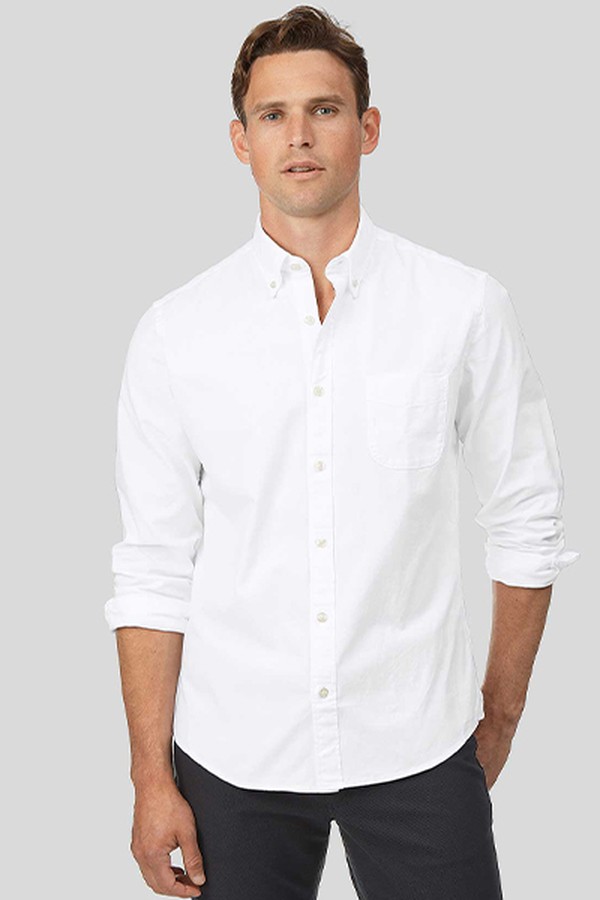
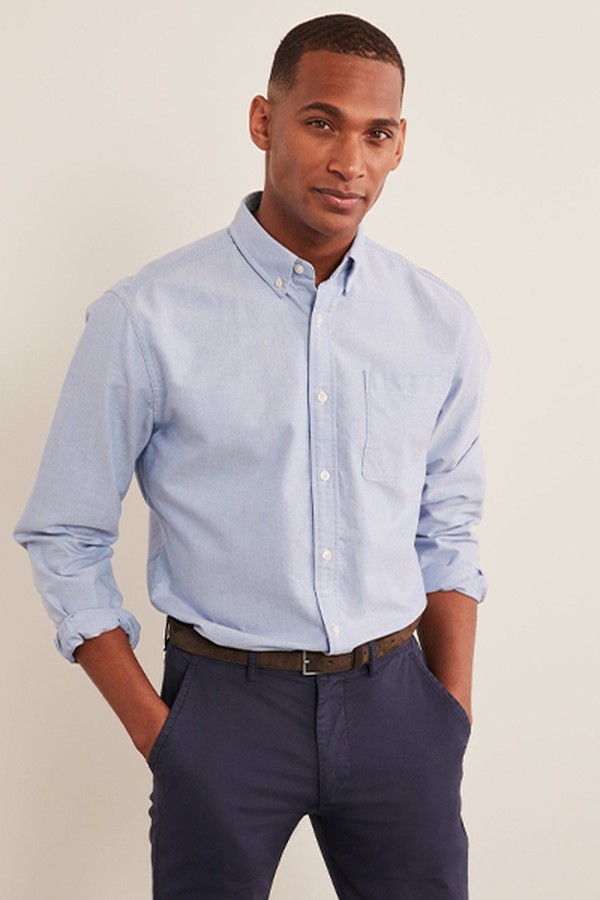
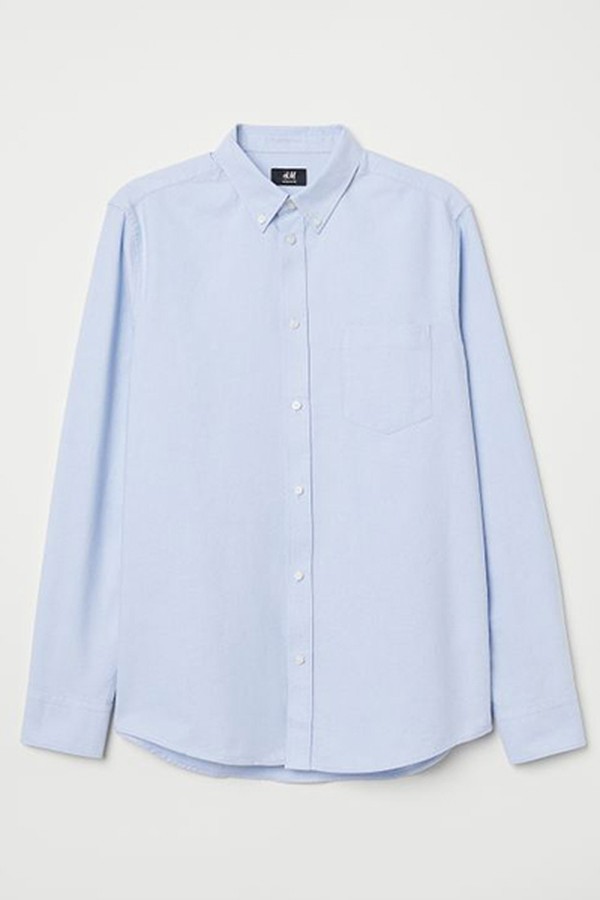
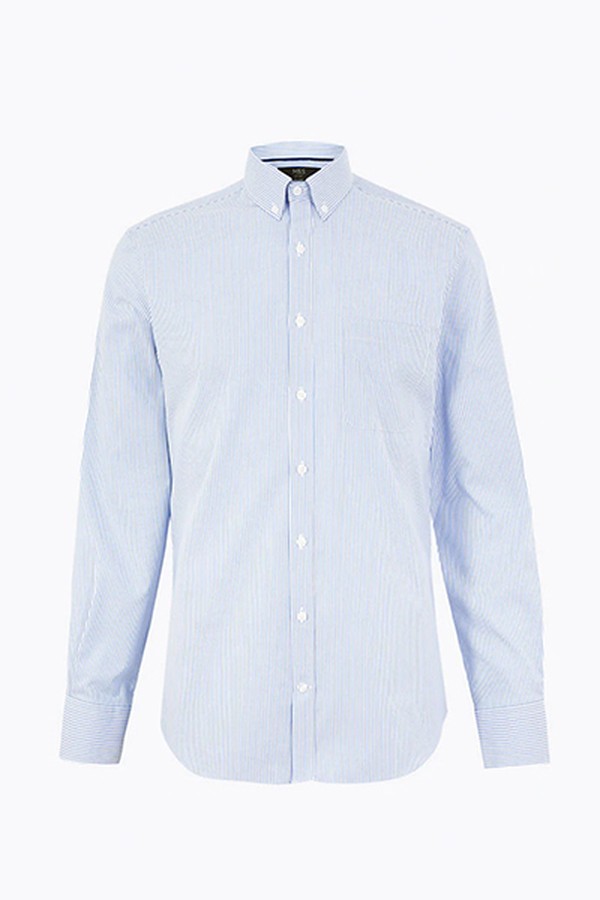
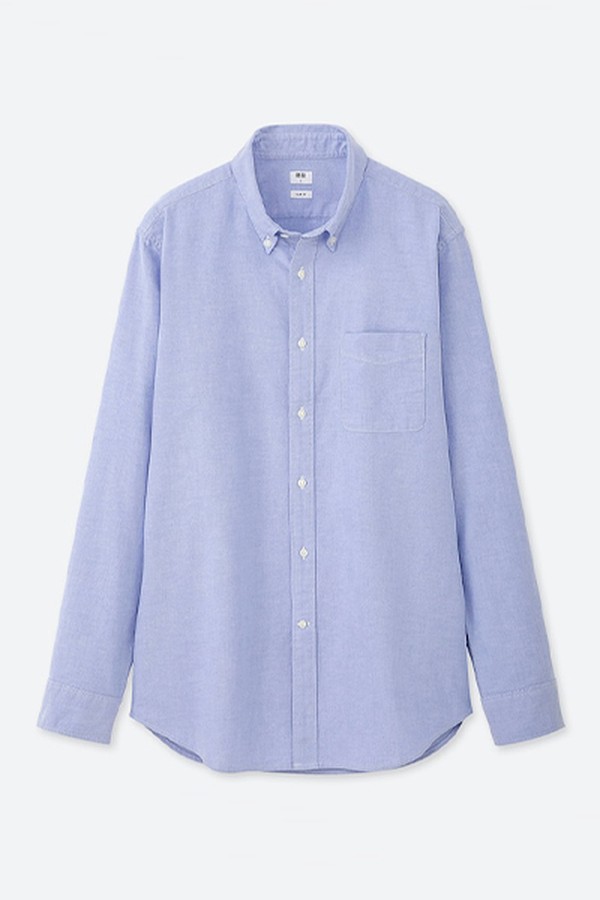

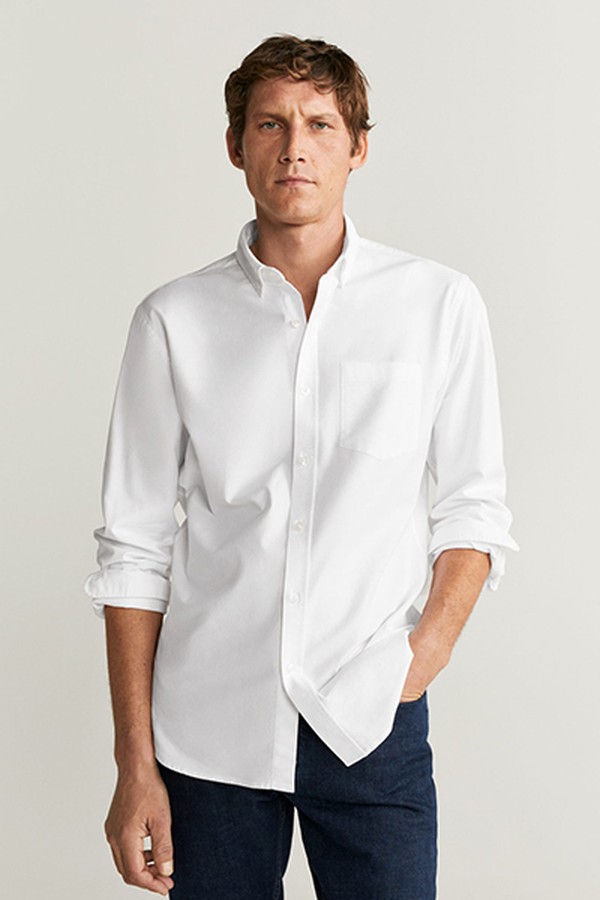
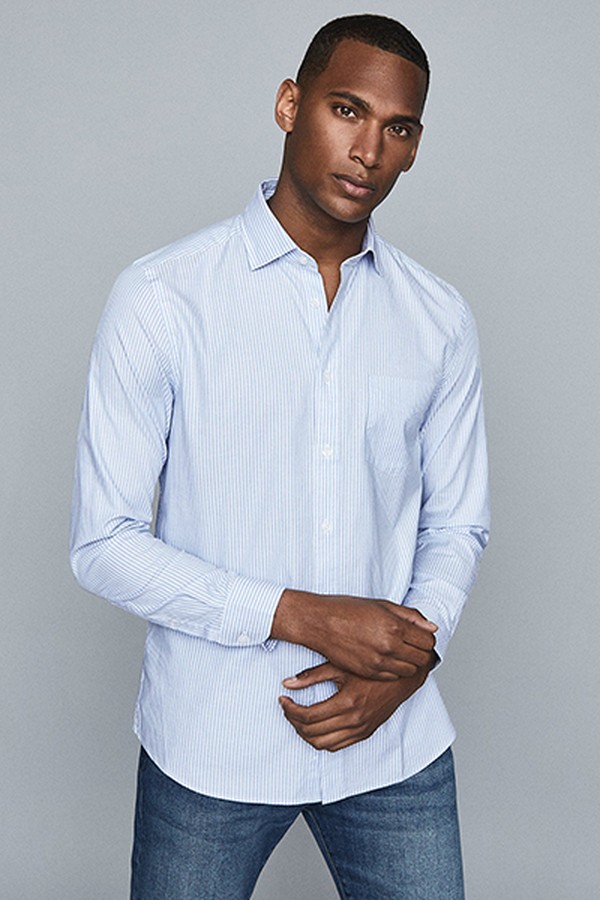
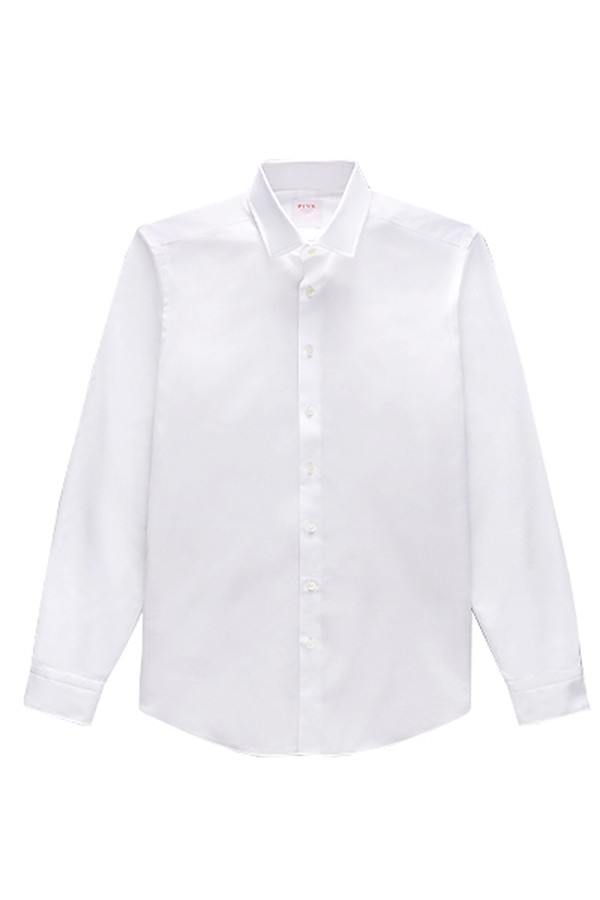
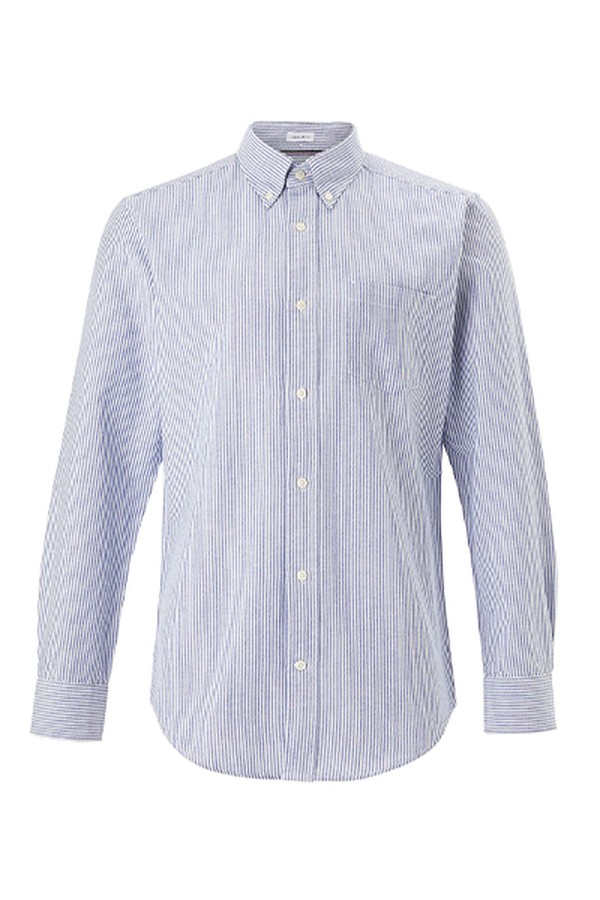
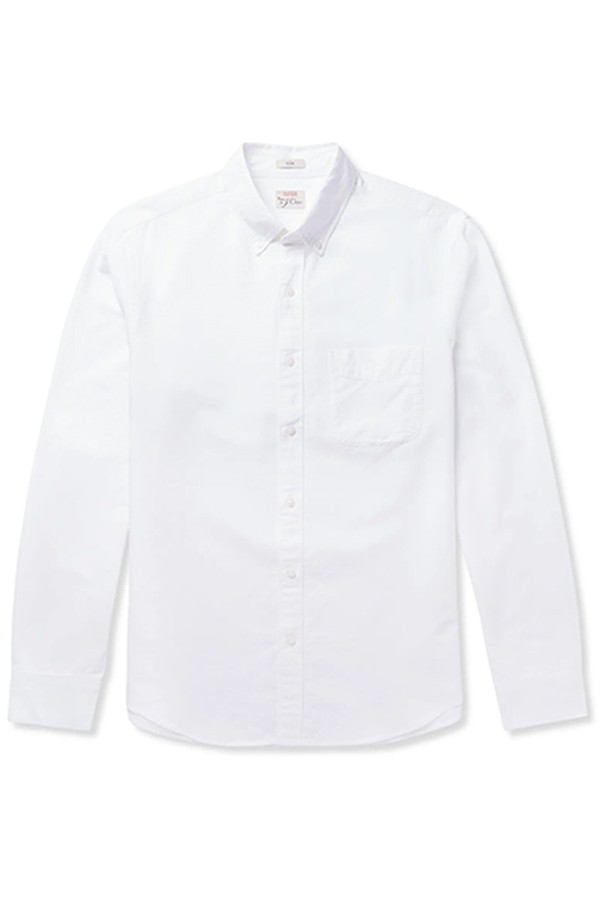
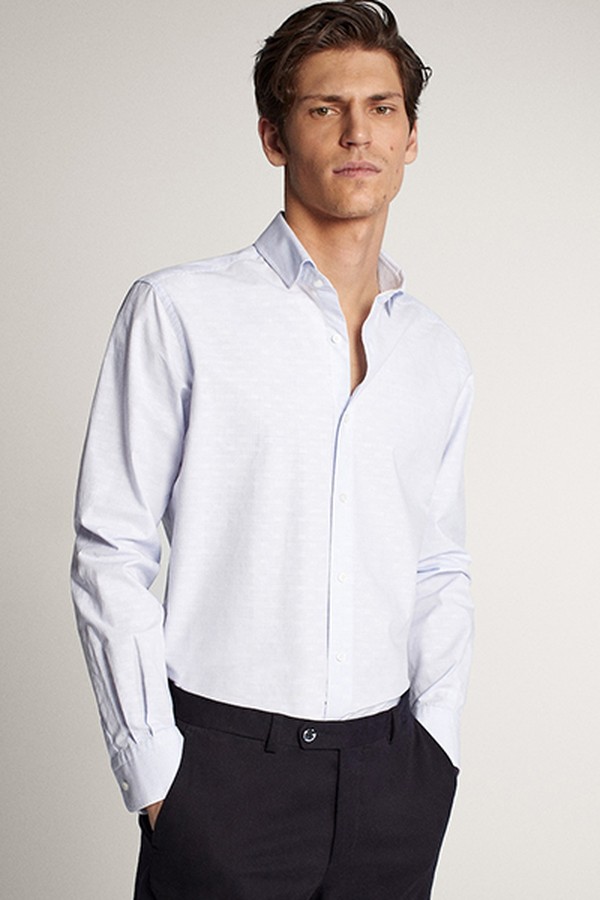
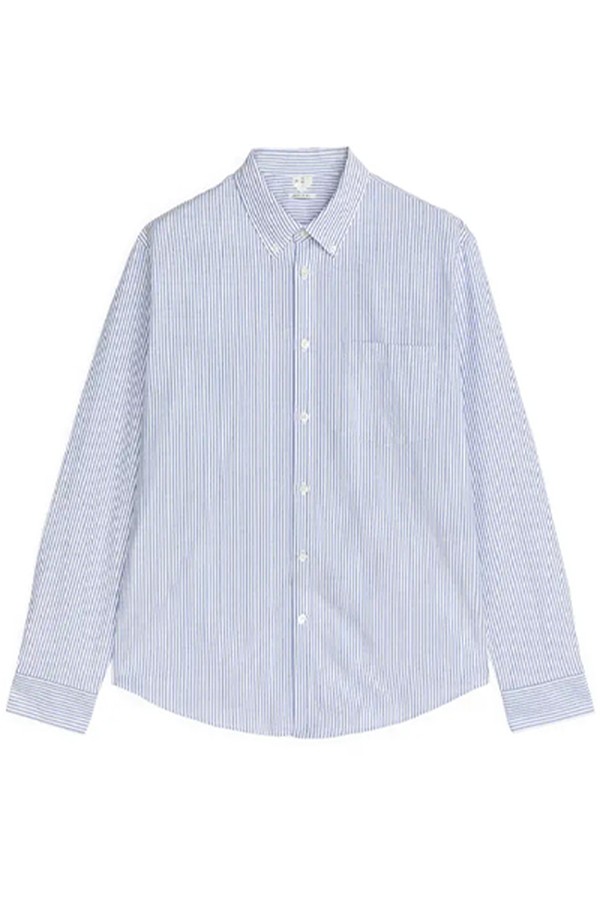

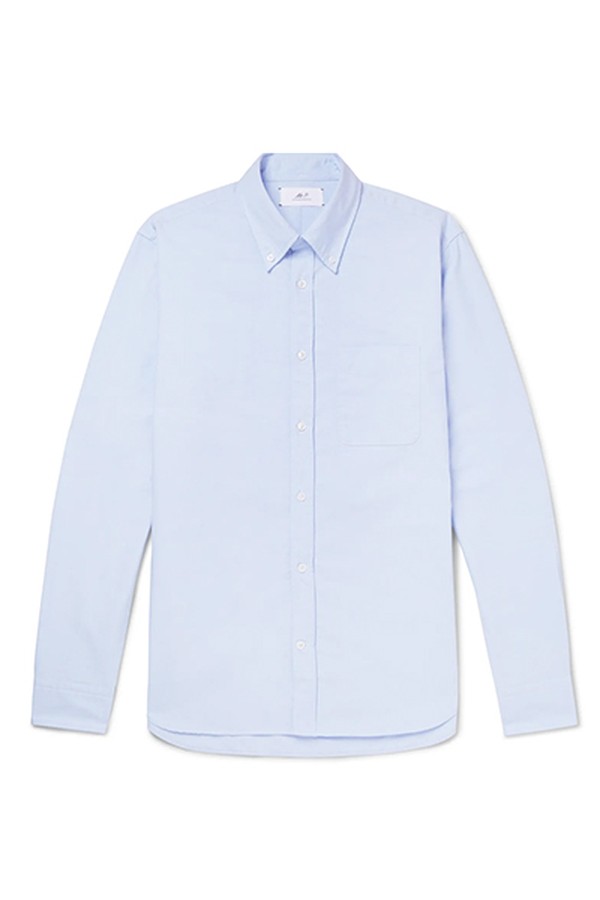

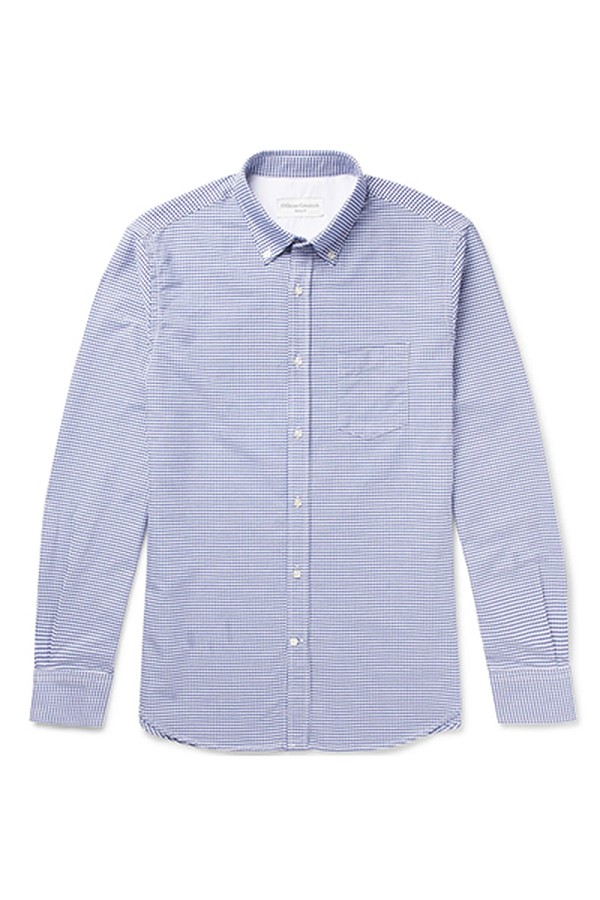
DISCLAIMER: We endeavour to always credit the correct original source of every image we use. If you think a credit may be incorrect, please contact us at [email protected].

